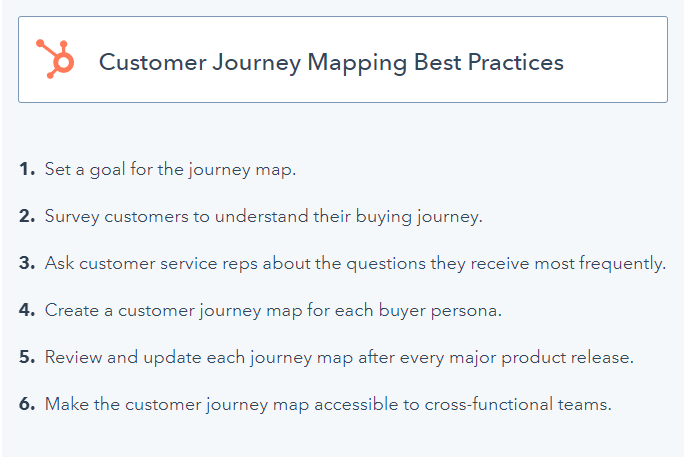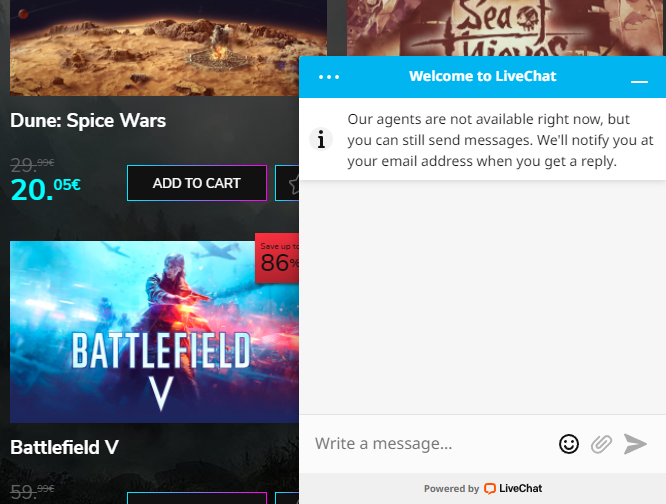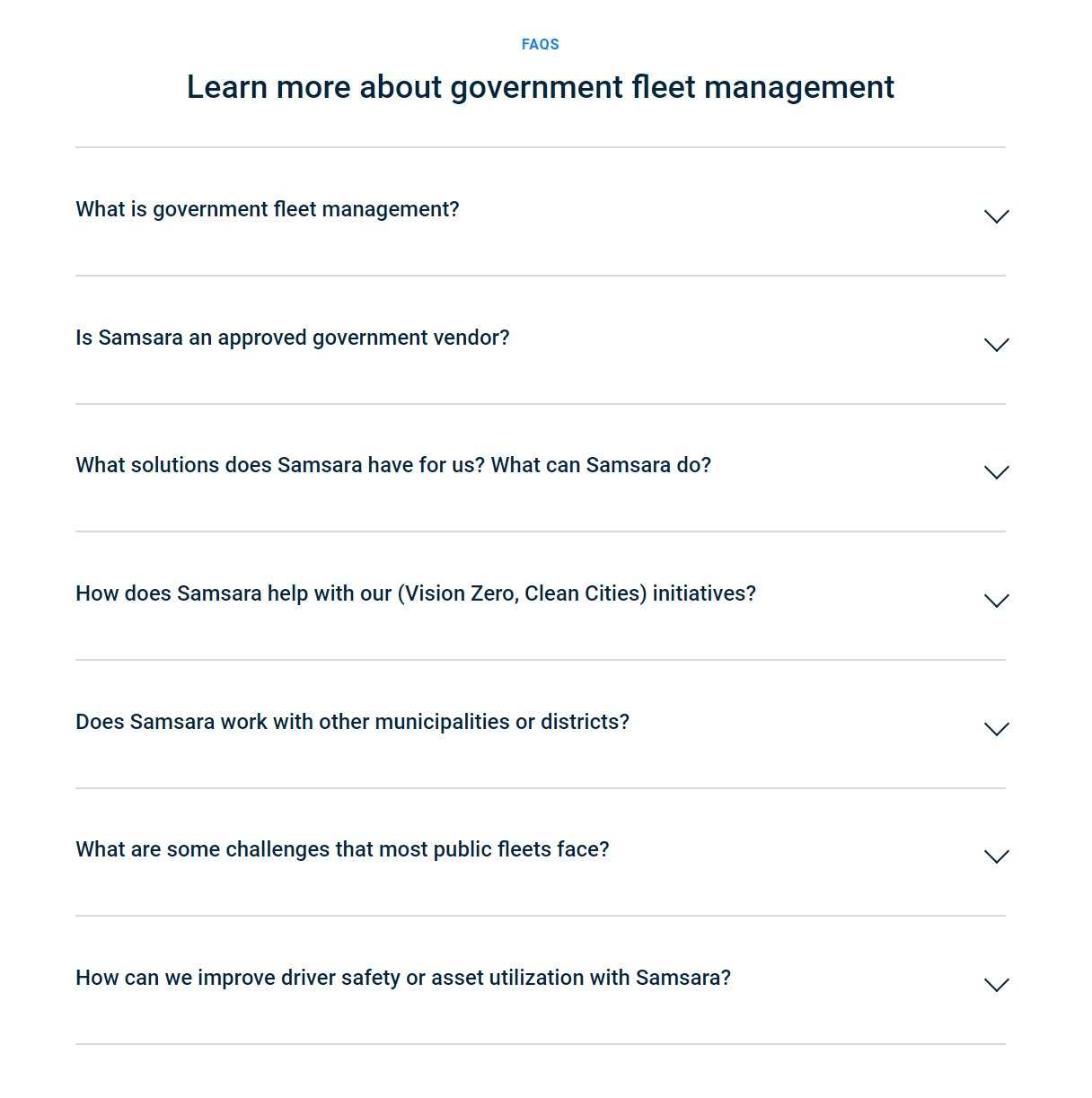Have you ever walked into a store you just couldn’t get enough of? A store that you swore was built with you in mind?
If so, what did you notice most?
The trendy decor? The line out the door? The custom window graphics?
Probably not.
Instead, you probably noticed things like …
The playlist sounded like it was curated just for you. The attendant helped you find the right gift for your best friend’s birthday. The warmth you felt when you were greeted at the door. The excitement you felt when you were invited to come back for a free tasting later that week.
You probably remember how the store smelled, how comfortable the lounge was, and how decadent the complimentary wine tasted.
In other words, what you remember most is your customer experience. And you can use that insight to put yourself in your customers’ shoes to deliver the experiences they crave.
In today’s article, we’re going to take a closer look at customer experience and why it matters. We’re also taking a look at the top elements of an effective customer experience strategy — along with six tips to help you build your own.
Ready to dive deep into customer experience?
Let’s begin.
What is customer experience and why does it matter?
Customer experience, sometimes called CX, refers to the interactions and experiences customers have with your business throughout the entire customer journey.
Delivering solid customer experiences isn’t just a nice-to-have, but rather crucial if brands want to stand out from the competition.
In fact, 44.5% of organizations worldwide view customer experience as a primary competitive differentiator.
In other words, positive customer experiences are essential to building relationships with your audience that last.
Let’s take the customer experience model Stack used, for example.
Stack designed its collaboration browser based on its customers’ top priorities, which included:
- Productivity
- Ease of use
- Mindfulness
- Organization
- Visually pleasing
- Intuitive design
- Customization
Focusing on creating a customer-centric product, Stack created features, such as multiple viewing styles, high-speed navigation, and split-screen cards, to name a few.
EMBED VIDEO
Not only did Stack put its customers first, but it also created a product no other competitor could match.
Armed with customer loyalty and a unique product, Stack began making major waves in the team collaboration space — and still does to this day.
All because of customer experience.
What is a customer experience strategy?
A customer experience strategy is a concrete plan that outlines the methods you’ll use to create exceptional customer experiences.
To stay organized and focused, we’ve created a helpful checklist you can follow or adapt as needed.
Here’s the checklist:
In your customer experience strategy, we recommend including:
- Your brand mission, short-term goals, and long-term goals
- Your plan for collecting and implementing customer feedback
- How you plan to deliver personalized experiences
- How do you plan to keep customer data safe
- How you plan on supplying answers to frequently asked questions
- A detailed customer journey map
- Customer relationship-building values and best practices
Don’t worry about going through this checklist just yet.
In the next few sections, we’ll supply more context and tips so you can create your customer experience strategy with ease.
5 top elements of an effective customer experience strategy
While customer experience strategies vary by industry, company, and brand mission, there are a few elements that stay the same no matter what.
Here are the top five elements every effective customer experience strategy should have:
1. Customer-centricity
What kind of customer experience strategy would you have if you didn’t put your ideal client at the heart of your business?
To make sure your strategy is customer-centric, get clear on:
- Your audience personas
- Common customer and audience pain points
- Your audience’s individual and collective needs
- Your audience’s messaging preferences
- How to make sure your customers feel seen, heard, and valued
- How to make sure your customers feel supported and taken care of
2. Brand mission stays top-of-mind
It may be tempting to try every customer experience method you find from renowned marketers. But if the methods don’t align with your brand mission, they could be a waste of time.
Instead of using every method you can get your hands on, get clear on your brand’s mission, short-term goals, and long-term goals.
What do you want your business to look like in three months, one year, and five years? How can delivering solid customer experiences help you get there? What might that look like?
3. Tactics based on customer journey mapping
Meeting your audience where they’re at in the customer journey is pivotal to delivering great customer experiences.
In your strategy, be sure to include a detailed customer journey map complete with:
- Customer touchpoints
- Common pitfalls along the way
- Common successes along the way
- Frequently asked questions customers have throughout the journey
- How you can best serve them throughout the journey

(Image Source by https://blog.hubspot.com/service/customer-journey-map)
4. Pristine customer service
We’ve all heard customer service horror stories that have wreaked havoc on brand reputations. But more than just looking bad, poor customer service is a breeding ground for high churn rates.
To deliver the pristine customer service your audience craves, create a company-wide protocol, and train your team members accordingly.
We also recommend:
- Recording customer service phone calls for quality assurance
- Storing chat and email records to review for indescrepcencies
- Hosting ongoing customer service training workshops for your team members
- Implementing a rating system to pinpoint poor or effective customer service traits in team members
5. A prime focus on customer engagement
And finally, your customer experience strategy should outline specific engagement methods you plan on using.
Responding to customer comments on social media and implementing an email newsletter are some of the most trusted engagement methods used to date.
6 tips to design an effective customer experience strategy
And finally, the moment you’ve been waiting for.
Here are our top six tips for designing an effective customer experience strategy.
1. Define your brand mission and goals
Our top tip for building a customer experience strategy is to get laser clear on your brand mission and goals.
Are you looking to scale from mid-level to enterprise? Do you want to reach new markets? Are you looking to create high-end products in the next two years?
All of these priorities should remain top of mind when creating your strategy.
With your mission in mind, break up your vision into long-term goals and micro goals. Next, consider your customer journey and how it aligns with your brand’s overarching vision.
2. Collect and implement customer feedback
Our second tip for designing a customer experience strategy is to collect and implement customer feedback.
Live chat, for instance, can be an effective tool for collecting customer feedback.
Take YUPLAY’s use of live chat for example.
YUPLAY uses live chat to speak with its customers in real-time. Not only does this help its team provide instant support, but it’s also become an effective tool for collecting feedback.

Another effective method you can use is to collect feedback surveys.
Surveys are an efficient way to gather data from customers to create experiences with them in mind. When effective, surveys can help you identify weaknesses in your business, decide which new products to launch, and give you insight on how to solve common customer pain points. For example, this survey sent out from Tailor Brands can be used by the business to gauge customer need for potential new products or services.

3. Personalize experiences with zero-party data
Delivering personalized experiences is essential to keeping customers engaged and interested.
An effective way to create tailored experiences is by collecting zero-party data. This is especially beneficial because the data you receive comes straight from your customers and more accurately reflects their interests and preferences.
4. Build loyalty and keep customer data safe with a privacy policy
Building trust with your audience is key to customer experience — and that includes being careful with sensitive information, such as customer data
Data privacy awareness has rapidly risen and shaped the privacy world’s trajectory. If you have a website or run an online business, you have to follow current data protection laws.
Laws like General Data Protection Regular (GDPR) and California Consumer Privacy Act (CCPA) provide data protection and require businesses to include a data privacy policy in their customer experience strategy.
The world of privacy laws is ever-changing and unless you have a team of data law experts laying around, drafting a privacy policy can be very taxing.
A privacy policy is a detailed guide stating explicitly how your business will collect, use, and share a user’s information as long as they provide their consent.
If you’re unsure how to create one, you can use a privacy policy generator to create a comprehensive policy that will help you stay compliant and build trust with your audience.
5. Give customers the information they need, quickly
When customers need information, they want it easy and they want it quickly. Providing a frequently asked questions (FAQ) page is a simple way to cater to audience needs, especially in the early stages of the buyer’s journey
Anticipating customer questions and providing useful information is key to increasing customer satisfaction and trust.
Take a look at Samsara’s FAQ section on their government fleet management software page, for example:

Samsara’s FAQ section provides detailed information about its product, how it works, certifications, and other answers to commonly asked questions.
6. Design experiences based on your customer journey map
In our final tip, we recommend mapping out the customer journey complete with touchpoints, milestones, and funnel opportunities.
Next, add potential customer experience tactics next to each customer touchpoint.
For instance, if a customer is at the beginning of their journey, then you might use tactics, such as:
- Sending a personalized welcome video via email
- Inviting them to join your private Facebook group
- Engaging with them in the comments on social media
- Sending them a free customized gift with purchase
- Asking a team member to reach out and offer a personalized demo
Wrap up
Creating solid customer experiences isn’t just a nice-to-have, but rather crucial if you want to stand out from the competition.
In today’s article, we walked you through what customer experience is and why it matters. We also went over the top five elements every customer experience strategy should have — and how to design your own.
Here’s a quick recap of the top six tips for creating an effective customer experience strategy we shared today:
1. Define your brand mission and goals
2. Collect and implement customer feedback
3. Personalize experiences with zero-party data
4. Build loyalty and keep customer data safe with a privacy policy
5. Give customers the information they need, quickly
6. Design experiences based on your customer journey map
7. Focus on building lasting customer relationships
And that’s it! We hope this article is just what you needed to read to get to the bottom of customer experience strategies.
Craving more helpful tips like these? Then you’ll love our blog.
Head on over for more actionable advice like this.

